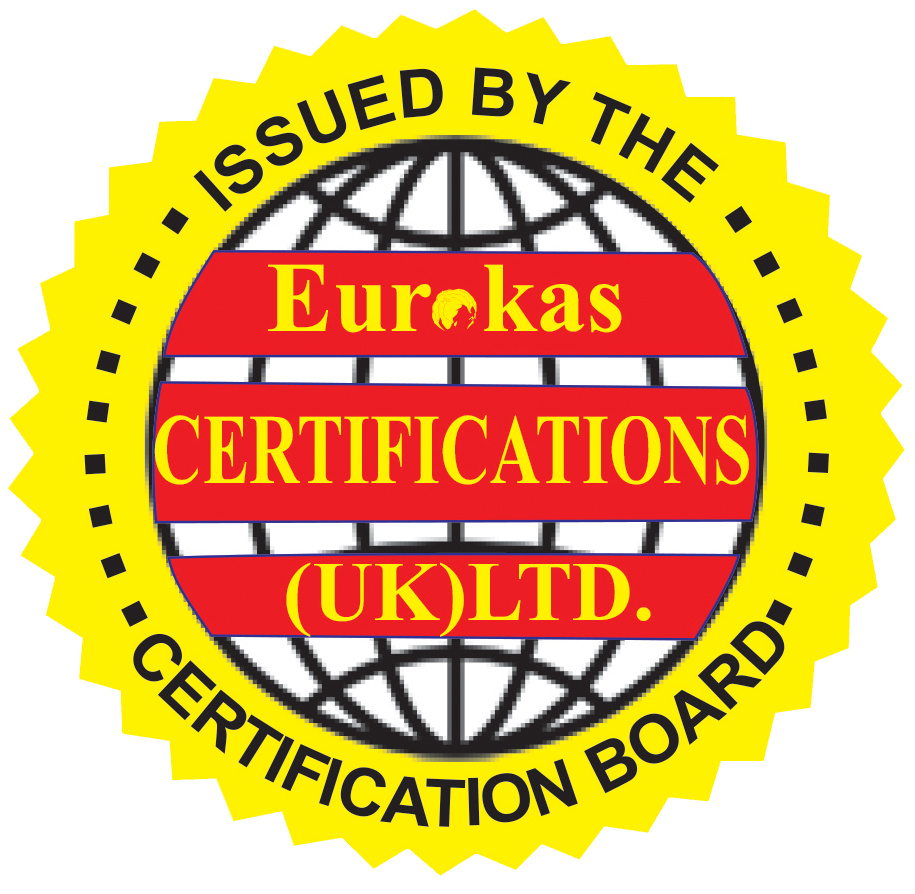As of my last knowledge update in January 2022, the ISO 18001 standard has been replaced by ISO 45001. ISO 45001:2018 is the international standard for Occupational Health and Safety Management Systems (OHSMS). Organizations that are looking to implement an occupational health and safety management system and seek certification would typically pursue ISO 45001.
Here’s an overview of ISO 45001 and the certification process:
ISO 45001:2018 Overview:
ISO 45001 is designed to help organizations establish, implement, maintain, and continually improve an occupational health and safety management system. The standard follows the same high-level structure as other ISO management system standards, making it compatible with ISO 9001 (Quality Management) and ISO 14001 (Environmental Management).
Key Principles and Requirements:
- Context of the Organization: Understanding the internal and external context of the organization, including the needs and expectations of interested parties.
- Leadership and Worker Participation: Top management is responsible for leadership, commitment, and ensuring worker participation in the OHSMS.
- Planning: Identifying hazards, assessing risks, and determining opportunities to enhance occupational health and safety.
- Support and Operation: Providing resources, establishing competence, communication, and establishing controls to manage risks and opportunities.
- Performance Evaluation: Monitoring, measurement, analysis, and evaluation of the OHSMS performance.
- Improvement: Continual improvement of the OHSMS and reacting to incidents and nonconformities.
Certification Process:
The certification process for ISO 45001 involves several steps:
- Gap Analysis: Evaluate the current state of occupational health and safety practices against ISO 45001 requirements.
- Documentation: Develop and implement the necessary documentation, including an occupational health and safety policy, procedures, and records.
- Implementation: Implement the OHSMS and monitor its effectiveness.
- Internal Audit: Conduct internal audits to assess compliance and identify areas for improvement.
- Management Review: Top management reviews the OHSMS to ensure its continuing suitability, adequacy, and effectiveness.
- Certification Audit: An external certification body conducts an audit to determine if the organization meets ISO 45001 requirements.
- Certification Decision: The certification body issues ISO 45001 certification if the organization meets the standard’s criteria.
Benefits of ISO 45001 Certification:
- Improved Workplace Safety: The standard helps in identifying and reducing workplace risks.
- Legal Compliance: Ensures compliance with relevant health and safety legislation.
- Enhanced Reputation: Certification demonstrates a commitment to the health and safety of employees.
- Cost Savings: Reduction in workplace incidents and related costs.
- Global Recognition: ISO 45001 certification is recognized internationally.
Note:
Always check for the latest updates and requirements, as standards may be revised, and new versions may be released. If there have been changes or updates to the ISO standards after my last knowledge update in January 2022, I recommend consulting the latest resources or contacting relevant certification bodies for the most current information.
